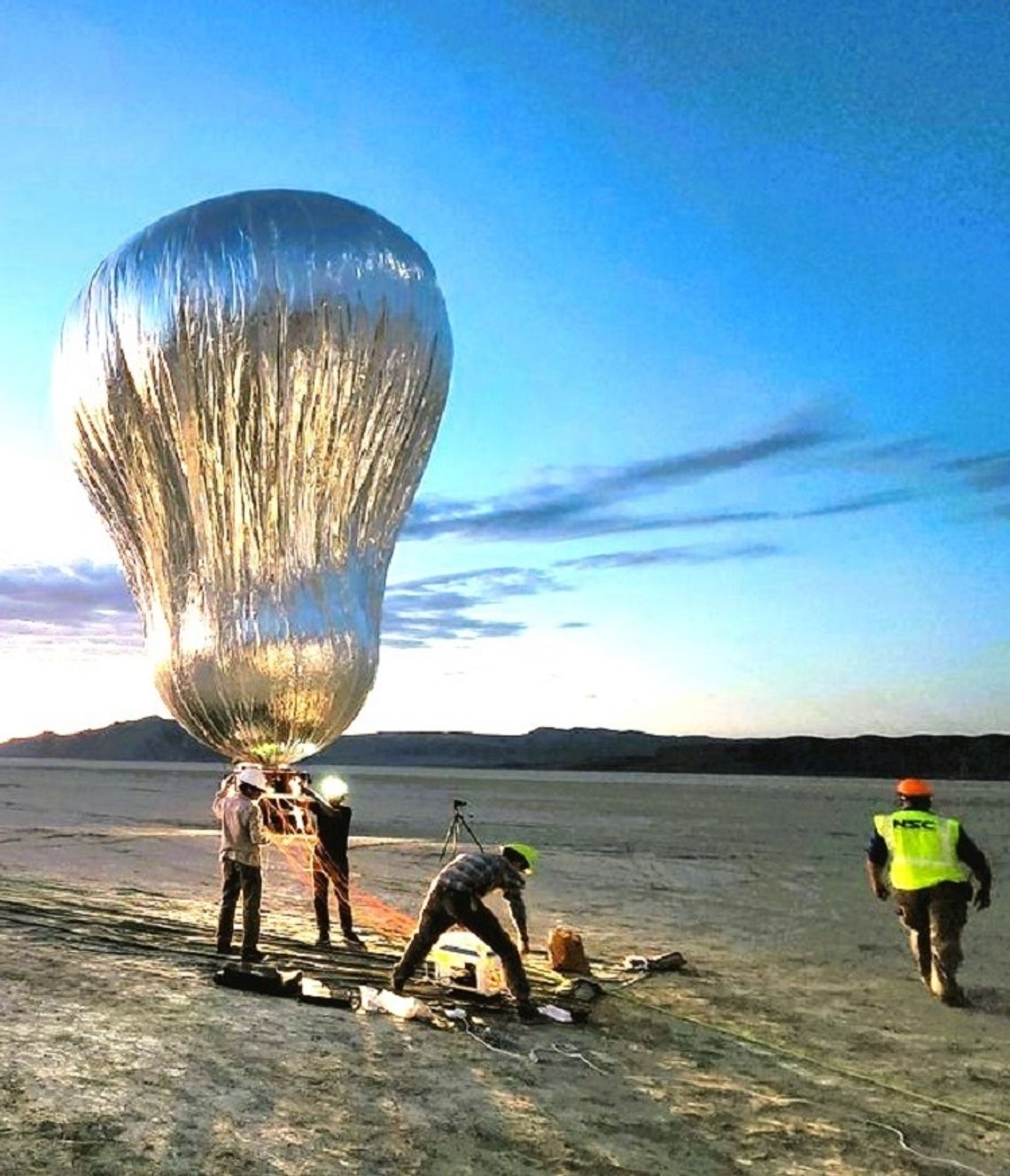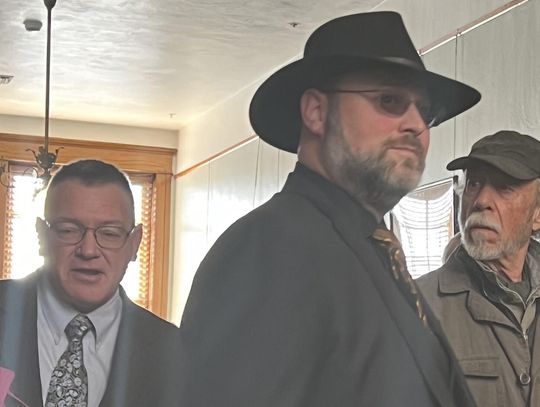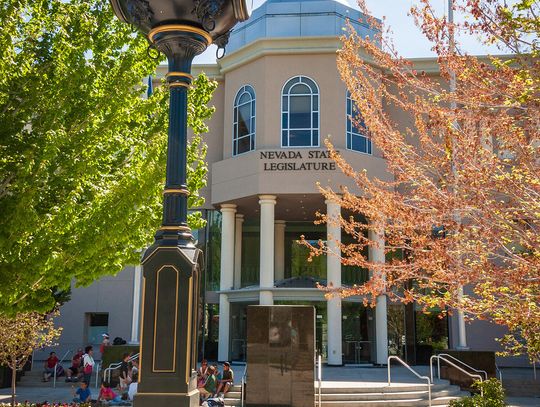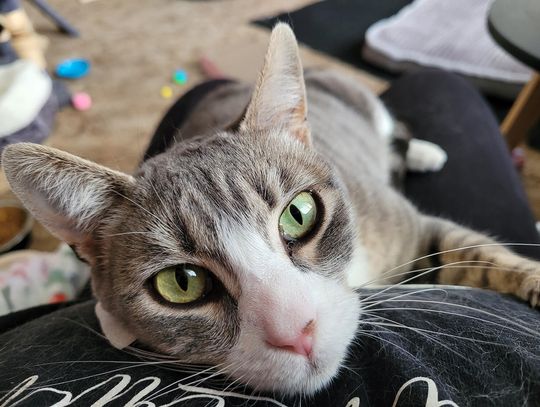Eureka, Nevada’s airport is poised to become the center stage for a historic event—the re-entry of NASA’s OSIRIS-Rex spacecraft. When Eureka County Commissioners convened last month, they discussed and considered a request from Sandia National Laboratories to utilize the airport for the extraordinary occasion. Commissioners and attendees were presented with a proposal that promised to be a once-in-a-lifetime event for Eureka and nearby residents.
Dr. Elizabeth Silber, an expert on the sound produced by fast-moving objects in the sky, led the discussion via video conferencing. Alongside representatives from Los Alamos National Laboratory and NASA Jet Propulsion Laboratory, Dr. Silber explained that after collecting samples from the asteroid Bennu, the spacecraft was destined to make a high-speed, high-altitude flyover above Eureka, creating a unique sound. “This object that is going to fly overhead is a NASA spacecraft that’s going to land in Utah,” said Silber, “And it’s going to fly over Eureka at about an altitude of around 200,000 feet and will be going about Mach 40 - so really, really fast, and really, really, high; and it’s going to make a sound, and we’d like to record that sound.”
Dr. Siddharth Krishnamoorthy from NASA’s Jet Propulsion Laboratory explained the significance of this event for Venus exploration, stating, “We have been developing technologies for Venus balloon exploration. The reason we do that is because the surface of Venus is extremely hard, and balloons can actually survive on Venus for over 100 days, whereas something landing on the surface can only survive for about two hours.” This is a rare chance to study the spacecraft’s re-entry, which will mimic the behavior of a meteor and provide helpful insights for understanding the conditions on Venus and its analogous seismic activities, including earthquakes, volcanic eruptions, thunderstorms, and incoming meteors. “The Osiris Rex re-entry is an opportunity for us because this is sort of like a meteor, but a meteor that we know exactly when and where it will come in; we know the mass, we know everything about this meteor.”
During the meeting, several logistical considerations were addressed. The team requested the use of the airport for setup, observation, and take-down during the two weeks surrounding the OSIRIS-Rex re-entry on September 24. They plan small high-altitude balloon launches, deployment of ground sensors in unused areas, and laying a fiber optic cable by Chris Carr of Los Alamos National Laboratory.
To familiarize themselves with the airport and evaluate the feasibility of their plans, the team visited Eureka in June. They appreciated Jayme Halpin, who had shown them around, including the dirt and main airport runways. Danny Bowman, also on the Sadia Team, assured the commissioners that they would strictly follow safety protocols, including communication with relevant authorities, trajectory predictions, and a geo-fence system to avoid encroaching on restricted areas. They were happy to coordinate with local emergency services, recognizing the airport’s role as a medical response area for life flight operations and wildland air operations in the event of emergencies.
According to Bowman, the NASA spacecraft collected some samples from the Bennu asteroid a couple of years ago and sent a return capsule with the sample back toward Earth. “It’s coming in; it has no brakes. We know the second when it’s going to arrive over San Francisco and will cross from San Francisco and land in Utah 14 minutes later.” The point directly above Eureka Airport is where the spacecraft is expected to shed the most energy, which means it will likely make the greatest noise. Bowman further explained that this indirectly correlates to national defense when trying to determine strike capabilities with objects that act similarly to this one. “We really get this is a once-in-a-lifetime opportunity for us.” The last time the spacecraft came over was in 2006 when it came over to Wendover, Utah.
With concerns resolved and the potential benefits to the local economy estimated to be around $10,000 to $15,000, the commissioners were decidedly on board with the proposal. They approved the request to utilize the Eureka Airport for the re-entry of the OSIRIS-Rex spacecraft. Commissioner Rich McKay suggested involving the school district to provide an educational opportunity for students to witness the balloon launch. Dr. Silber mentioned a phone app developed by a colleague from the University of Hawaii called Red Box, which would enable people to record the low-frequency sound emitted by the spacecraft passing overhead.
As Eureka prepares to play host to this historic event, residents can now look forward to the passing of the spacecraft overhead and being part of space exploration.
Special thanks to Eureka County Board of Commissioners Deputy Clerk-Recorder, Jackie Berg for her assistance in gathering information for this article.









































Comment
Comments